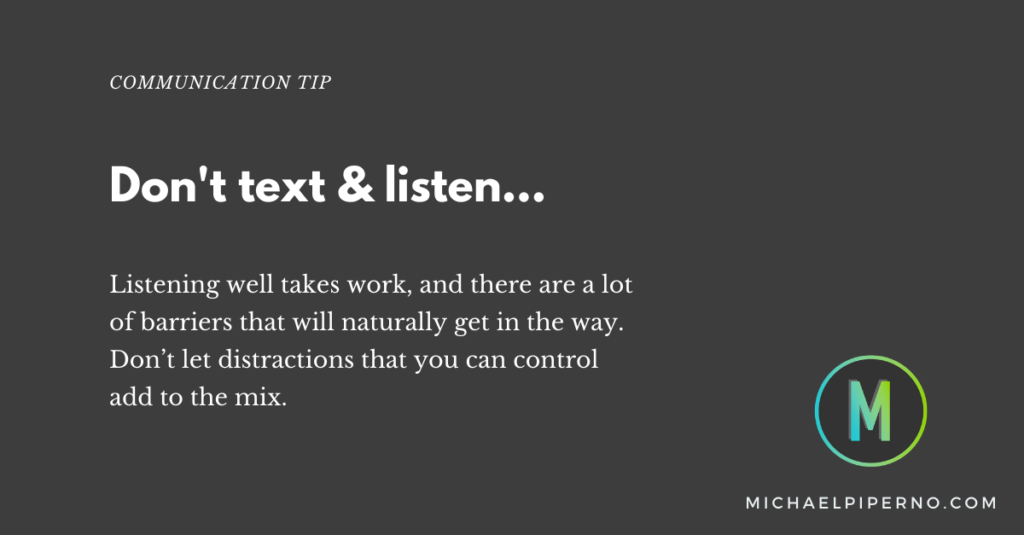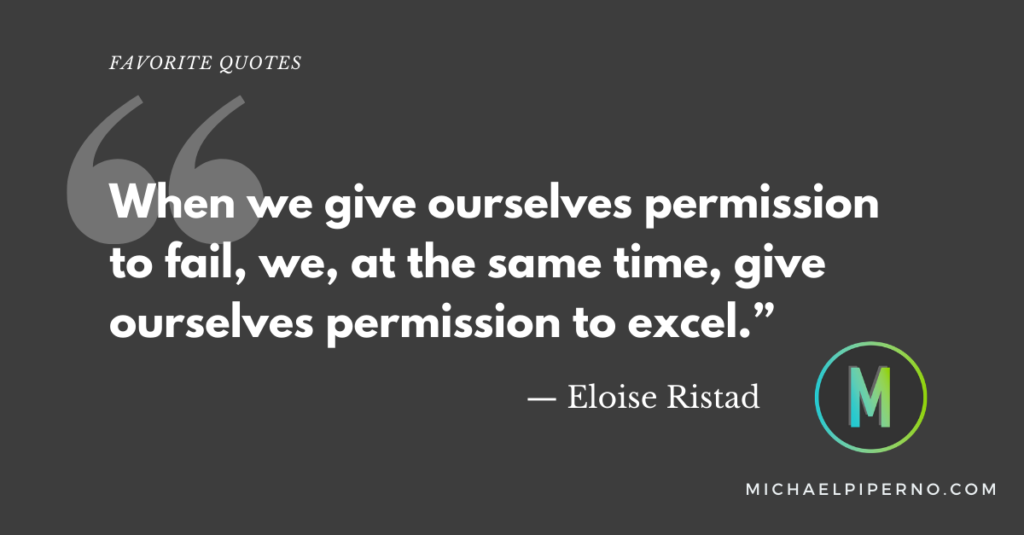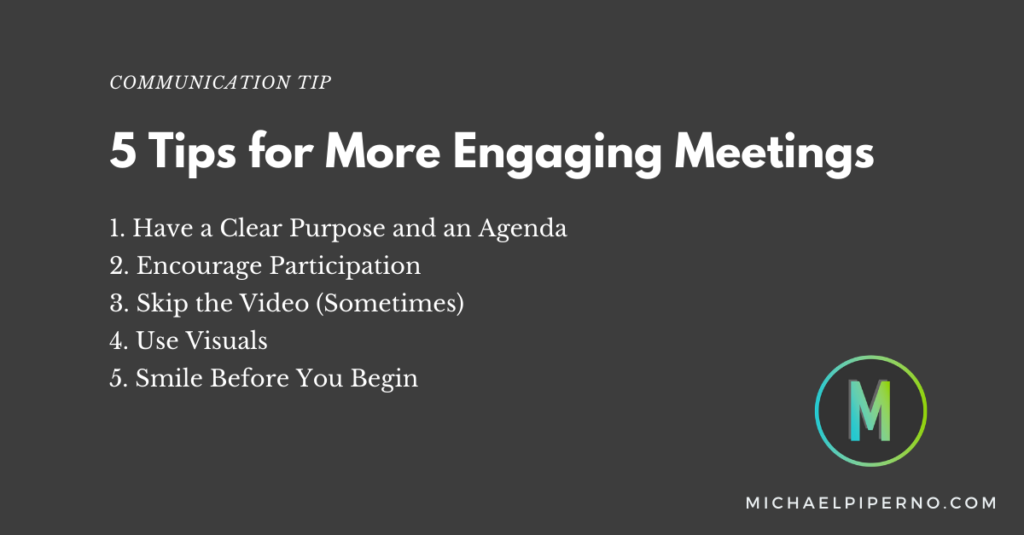Finding the Right Decibel Level for Promoting Yourself at Work
Some people have no problem speaking up about their accomplishments, contributions, and value. In fact, those that do it too much or too loudly at work often come off as arrogant.
Yet those who don’t speak often or loudly enough about what they bring to the table and what they’ve achieved can find themselves easily overlooked. That can really get in the way of getting ahead, especially in certain environments and cultures.
I’m not afraid to speak up, and my time as an actor, educator, and entrepreneur has made me quite comfortable being in the spotlight. Yet in most cases I prefer not to be. I’m an introvert who is comfortable being an extrovert when I need to. However, I am most comfortable when I am quietly helping others succeed. I think that is one of the things that makes me a good teacher and coach.
When I began my career, I learned quickly that in business your work doesn’t speak for itself. So, over the years I’ve had to find a decibel level for promoting myself that I’m comfortable with. One that stays true to who I am while also helping me put myself out there so people can understand my value.
In her book You — According to Them, Sara Canaday calls this topic “Faulty Volume Control” and she likens it to thinking about the volume of your smartphone on a scale of 1 to 10. Based on that idea, I created this graphic to help my clients find their optimal decibel level:

Where do you fall on this scale? I think I’m about a 6. Some days I might lean towards 7. But I used to be a solid 2. It has taken work to turn my self-promotion volume up a few notches.
Finding your authentic voice and sharing it at a comfortable decibel level will help you communicate your unique value propositions and your contributions appropriately — avoiding the extremes of coming on too strong, or flying so far under the radar that you are virtually invisible.
You don’t need to go from a 2 to an 8 or from a 10 to a 4. But see if you can move up, or down, a notch or two in the coming months. I think you’ll find that it makes a difference.
Photo by Markus Spiske on Unsplash
Finding the Right Decibel Level for Promoting Yourself at Work Read More »










